CALL US 602-588-7777

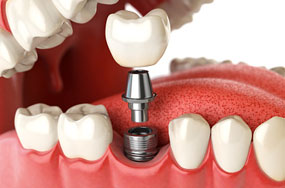
Dental implants are artificial tooth replacements used to replace missing teeth. Although you have a number of restorative options for the treatment of missing teeth, none have proven to be as functionally effective and durable as implants. In many cases, dental implants may be the only logical choice for the restoration of all necessary functionality of the teeth and supporting structures. Strong, durable and natural in appearance, implants are among the most successful dental procedures performed.
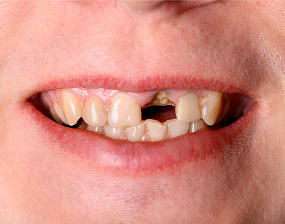
Teeth are lost because of:
People who have lost teeth might feel too self-conscious to smile or talk. Additionally, biting irregularities caused by tooth loss can have a negative effect on eating habits and this can lead to secondary health problems like malnutrition. Regardless of the nature of problems related to tooth loss, dental implants may provide a simple remedy with proven results.
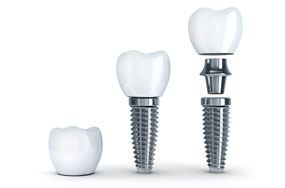
Dental implants are stronger and more durable than their restorative counterparts (bridges and dentures). Implants offer a permanent solution to tooth loss. Additionally, implants may be used in conjunction with other restorative procedures for maximum effectiveness. For example, a single implant can serve to support a crown replacing a single missing tooth. Implants can also be used to support a dental bridge for the replacement of multiple missing teeth, and can be used with dentures to increase stability and reduce gum tissue irritation.
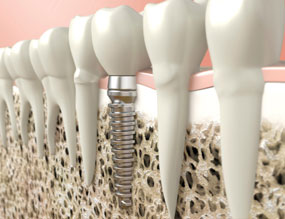
Preparing the Jaw for Implantation: A dental implant is commonly composed of a titanium material screw and a crown. A small-diameter hole (pilot hole) is drilled at edentulous (where there is no tooth) jaw sites in order to guide the titanium screw that holds a dental implant in place.
Placement of the Implant: After the initial pilot hole has been drilled into the appropriate jaw site, it is slowly widened to allow for placement of the implant screw. Following this placement, a protective cover screw is placed on top to allow the implant site to heal and the dental implant to anchor (osseointegration). After a period of time, the protective cover is removed and a temporary crown is placed on top of the dental implant. The temporary crown serves as a template around which the gum and a temporary crown is placed on top of the dental implant. The temporary crown serves as a template around which the gum grows and shapes itself in a natural way. The process is completed when the temporary crown is replaced with a permanent crown.
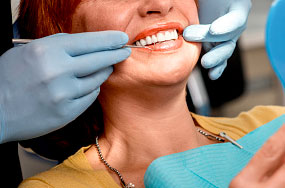
Dental implants are among the most successful procedures in dentistry. There is no guarantee that an implant procedure will be successful, but studies have shown a five-year success rate of 95% for lower jaw implants and 90% for upper jaw implants. The success rate for upper jaw implants is slightly lower because the upper jaw (especially the posterior section) is less dense than the lower jaw, making successful implantation and osseointegration potentially more difficult to achieve. Lower posterior implantation has the highest success rate for all dental implants.
Dental implants may fail for a number of reasons. The cause is often related to a failure in the osseointegration process. For example, if the implant is placed in a poor position, osseointegration may not take place. Dental implants may break or become infected (like natural teeth) and crowns may become loose.
If you are a smoker who is considering a dental implant, we will likely advise you to give up smoking before undergoing the process because smokers face a higher risk of implant failure. Since the procedure can be extremely expensive, you risk wasting your money on dental implants if you do not give up the habit.
On the plus side, dental implants are not susceptible to the formation of cavities; still, poor oral hygiene can lead to the development of peri-implantitis around dental implants. This disease is tantamount to the development of periodontitis (severe gum disease) around a natural tooth.